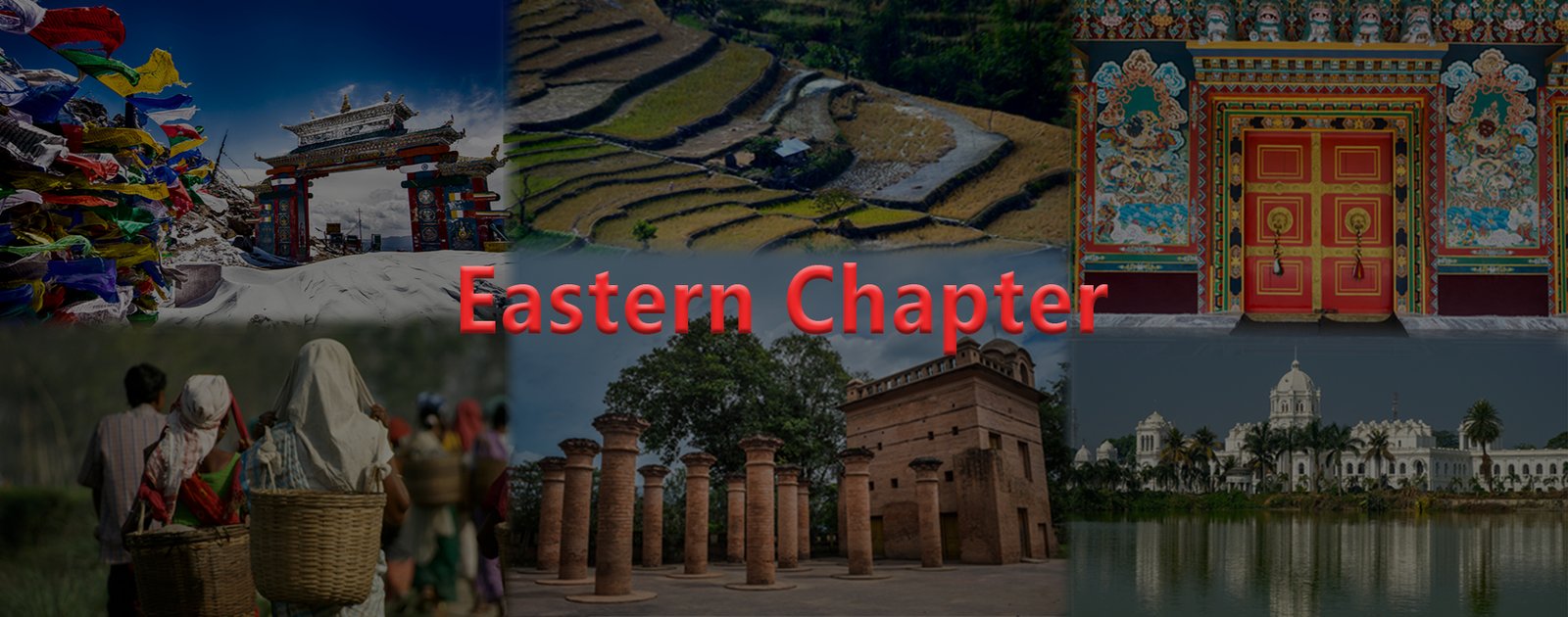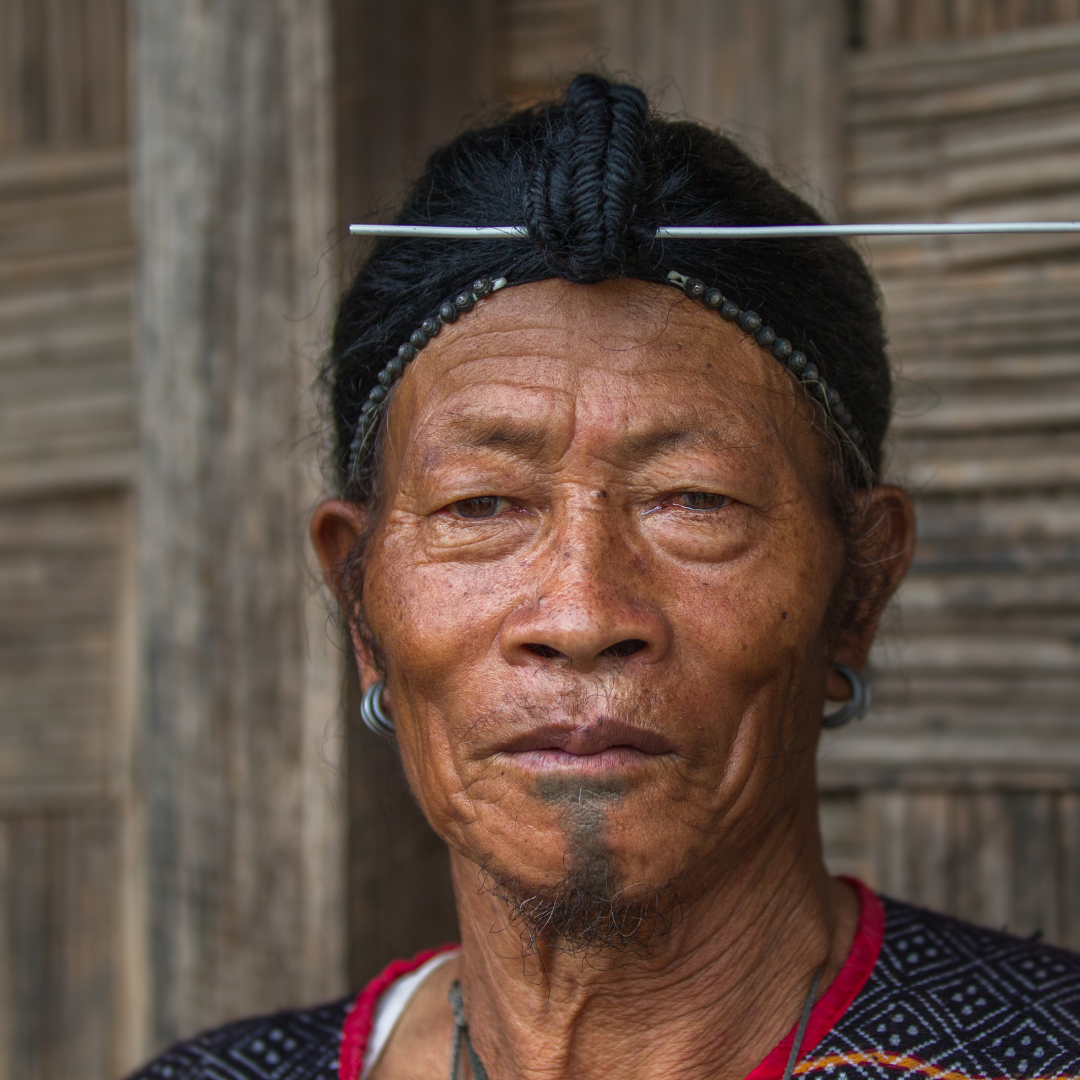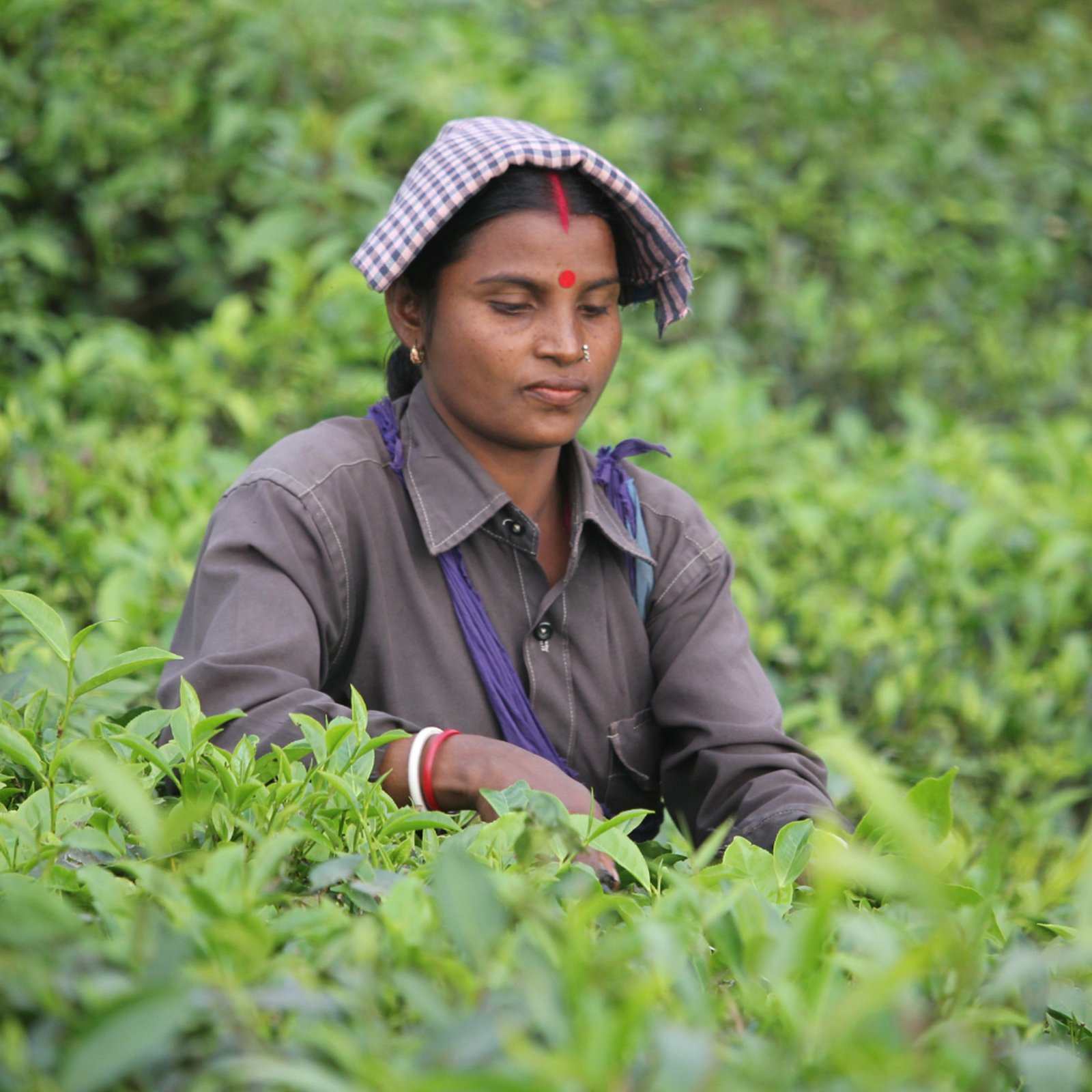
Economy of the region is largely agrarian in nature with over 70% of the population engaged in agriculture for livelihood, service sector comes next and the manufacturing sector is still at a nascent stage. The states of Bihar and West Bengal lie on the Indo Gangetic plain. Jharkhand is situated on the Chota Nagpur Plateau. Odisha lies on the Eastern Ghats and the Deccan Plateau. West Bengal’s capital Kolkata is the largest city of this region.

Arunachal Pradesh – Arunachal Pradesh is the largest of India’s north- eastern states and India’s most sparsely populated state. Arunachal Pradesh is predominantly agrarian, but its economic potential lies in its capacity for hydropower. Much of the state is remote, with difficult terrain. The state remains largely agrarian, producing tea, fruit, plywood, cane and silk. The state has a poor stock of infrastructure – there are no commercial airports in operation, poor roads and limited railway connections. Nonetheless, the state’s potential for hydropower generation is among the best in India, due to its large river valleys. Arunachal Pradesh’s tourism industry is developing – the state attracts a small number of eco and adventure tourists.


Assam – Assam is the most populous and largest economy of India’s north-eastern states. Assam represents a gateway to the north-east. The state’s economy is primarily agricultural. The state has yet to develop large-scale industries, it accounts for half of India’s tea production and has minor oil reserves, as well as India’s highest production of onshore natural gas. Security concerns remain, including in remote areas such as the Barak Valley. Assam experiences annual flooding.

Manipur – The landlocked state remains largely dependent on agriculture, with about 70 per cent of its population relying on the sector. Ethnic tensions dominate state politics, with a long-running split between ethnically diverse tribal (Indigenous) groups in the hills and those in the central valley. Cooperation in sports is a prospective sectoral opportunity for Australia.


Nagaland – Economic development has not been a high priority given the long-running insurgency. The state has natural resources including crude oil and limestone, but there are limited investment opportunities to develop these resources. Agriculture contributes around 30 per cent to Nagaland’s GSDP. Nagaland is the largest producer of coarse cereals, especially maize, beans and tapioca in the north-east. It is the second highest producer of pulses in the region. Sericulture and bamboo are also mainstays of the state’s agricultural output. Nagaland’s industrial output is limited to the construction sector, wood and wood products. Cottage industries include weaving, woodwork, and pottery.

Tripura – The state economy is largely dominated by agriculture and forestry, with little developed industry. Although the state’s natural resources include natural gas, tea, medicinal plants, limestone and rubber, processing of these resources is limited. Tripura performs well overall on human development indices, including high literacy rates, but the state’s economic potential remains largely untapped.


Sikkim – It is India’s least populous and second smallest state. Known for its biodiversity, floriculture and mountainous terrain, its economy is largely comprised of agriculture and tourism. The state’s transport infrastructure is developing, backed by Central Government investments.
Arunachal Pradesh – Arunachal Pradesh is the largest of India’s north- eastern states and India’s most sparsely populated state. Arunachal Pradesh is predominantly agrarian, but its economic potential lies in its capacity for hydropower. Much of the state is remote, with difficult terrain. The state remains largely agrarian, producing tea, fruit, plywood, cane and silk. The state has a poor stock of infrastructure – there are no commercial airports in operation, poor roads and limited railway connections. Nonetheless, the state’s potential for hydropower generation is among the best in India, due to its large river valleys. Arunachal Pradesh’s tourism industry is developing – the state attracts a small number of eco and adventure tourists.
Assam – Assam is the most populous and largest economy of India’s north-eastern states. Assam represents a gateway to the north-east. The state’s economy is primarily agricultural. The state has yet to develop large-scale industries, it accounts for half of India’s tea production and has minor oil reserves, as well as India’s highest production of onshore natural gas. Security concerns remain, including in remote areas such as the Barak Valley. Assam experiences annual flooding.
Manipur – The landlocked state remains largely dependent on agriculture, with about 70 per cent of its population relying on the sector. Ethnic tensions dominate state politics, with a long-running split between ethnically diverse tribal (Indigenous) groups in the hills and those in the central valley. Cooperation in sports is a prospective sectoral opportunity for Australia.
Nagaland – Economic development has not been a high priority given the long-running insurgency. The state has natural resources including crude oil and limestone, but there are limited investment opportunities to develop these resources. Agriculture contributes around 30 per cent to Nagaland’s GSDP. Nagaland is the largest producer of coarse cereals, especially maize, beans and tapioca in the north-east. It is the second highest producer of pulses in the region. Sericulture and bamboo are also mainstays of the state’s agricultural output. Nagaland’s industrial output is limited to the construction sector, wood and wood products. Cottage industries include weaving, woodwork, and pottery.
Tripura – The state economy is largely dominated by agriculture and forestry, with little developed industry. Although the state’s natural resources include natural gas, tea, medicinal plants, limestone and rubber, processing of these resources is limited. Tripura performs well overall on human development indices, including high literacy rates, but the state’s economic potential remains largely untapped.
Sikkim – It is India’s least populous and second smallest state. Known for its biodiversity, floriculture and mountainous terrain, its economy is largely comprised of agriculture and tourism. The state’s transport infrastructure is developing, backed by Central Government investments.
